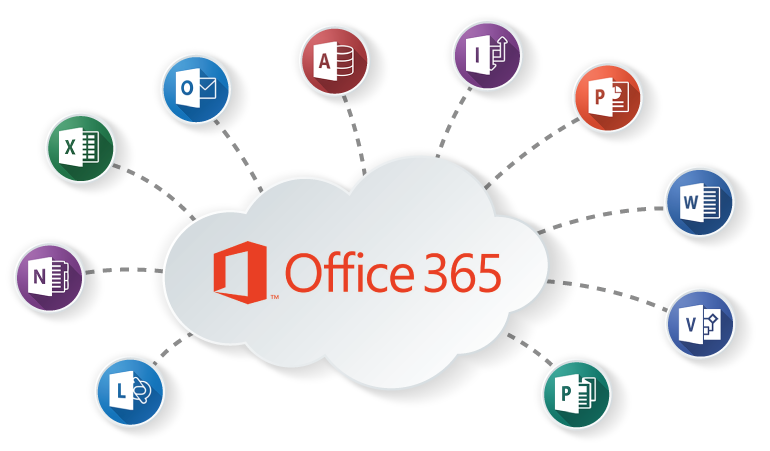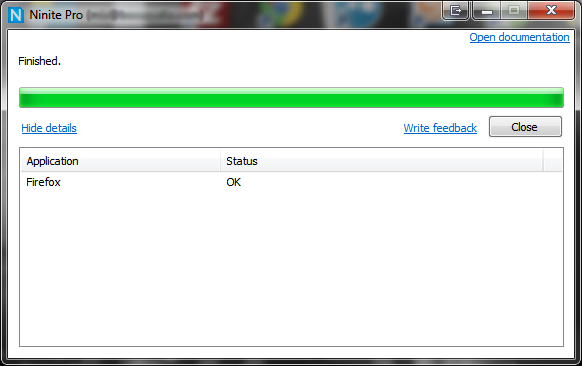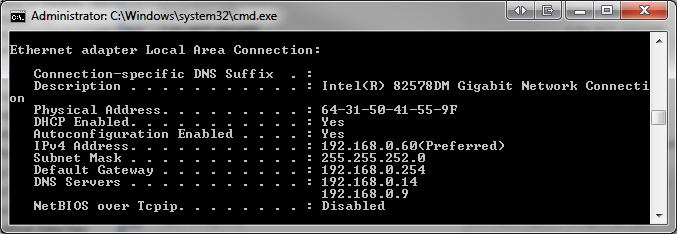DNF-Automatic – Schedule Updates for Fedora (and other Linux distros)
If you want to have Fedora (and other rpm-based distros) update itself, you can use DNF-Automatic. First, we’ll need to install it. I’ll assume that this is a fresh server and you decided to login as root to get everything configured. # dnf -y install dnf-automatic Now that it is installed, we will edit the automatic.conf config file with nano- # nano /etc/dnf/automatic.conf You will notice that there are several sections. Each section has a description of the options and…






